Hair Porosity: Tests and Treatments
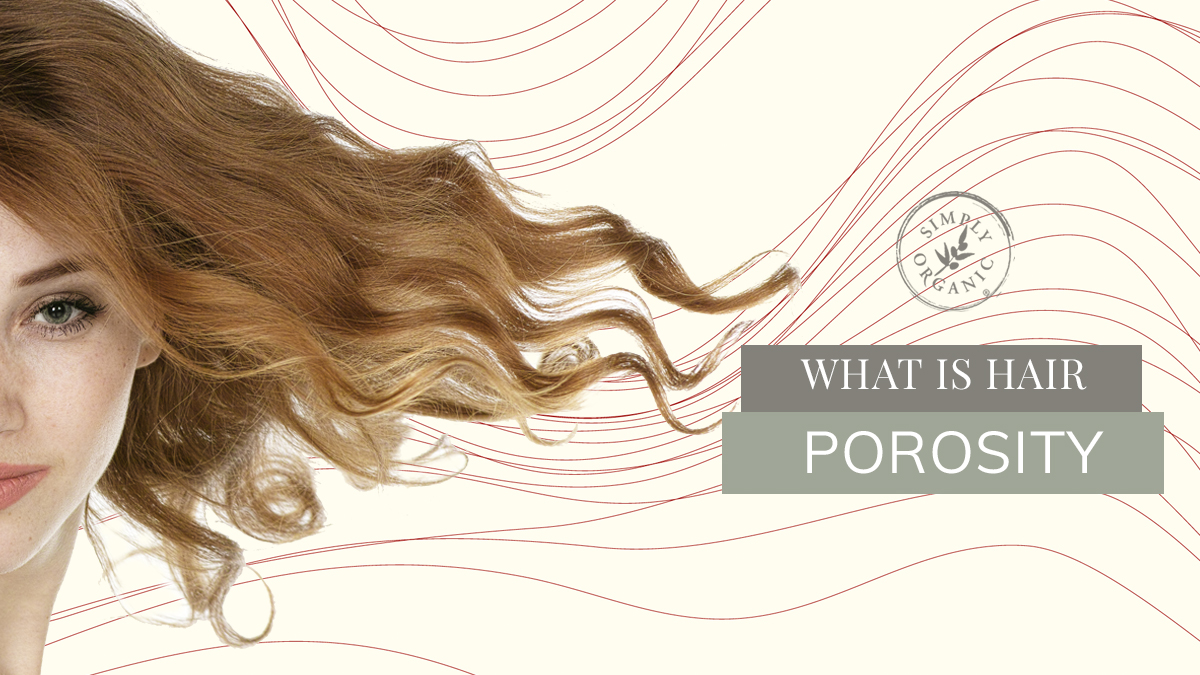
As holistic hair stylists, we need to understand that no hair fibers are alike. In fact, your clients’ hair may have already changed since you last saw them due to the changes in their styling routine, medication and weather.
For the hair to get the most out of treatments, you need to determine the hair’s porosity. Doing so ensures that you get beautiful, long-lasting results every time. But what does hair porosity mean?
What is Hair Porosity?
Hair porosity is the hair’s ability to absorb and retain moisture. While porosity is mostly genetic, factors such as heat, environmental stress and chemical treatments can cause hair to age and significantly alter its structure.
As the hair fibers “age,” the cuticles begin to crack and unravel, exposing the cortex of the hair to various stresses. This also results in the hair absorbing too much or too little moisture and quickly releasing it.
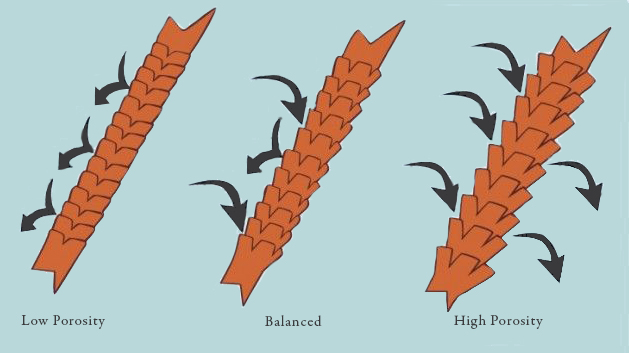
Types of Porosity
There are three types of hair porosity.
- Low Porosity – Cuticles are tightly clamped down, preventing moisture from entering the hair. Low porosity hair often takes longer to saturate with water, including natural oils. As a result they sit on the hair, causing buildup.
- Normal Porosity – A delicate balance between low and high porosity, this type of hair can hold moisture for an extended period of time. Therefore, it holds styles well and accepts color more easily and evenly.
- High Porosity – Highly porous hair has raised cuticles, allowing moisture to go in and out quickly. This type is often characterized by frizzy, straw-like hair.
The Hair Porosity Tests
There are a few simple ways to determine where your clients’ hair falls on the porosity spectrum.
The Wet Stretch Test
The Wet Stretch Test not only allows you to determine the hair’s porosity, but also helps you ascertain what’s missing in the hair–whether protein, moisture, or a combination of both.
- Gather about 10 strands of hair and spray with water. We highly recommend doing this in tiny sections from different areas of the head, such as the front hairline, nape, crown and temple area.
- Hold hair firmly with both hands between the thumb and finger.
- With hand closest to you, lightly stretch hair away from client’s head.
- If the hair stretches and returns it is BALANCED.
- If the hair stretches and does not return to its original form it is lacking PROTEIN.
- If the hair does not stretch at all it is lacking MOISTURE.
- It the hair stretches and breaks it is lacking both MOISTURE and PROTEIN.
Although the Wet Stretch Test will provide you more accurate results, you can also go by feel of the hair when checking for porosity.
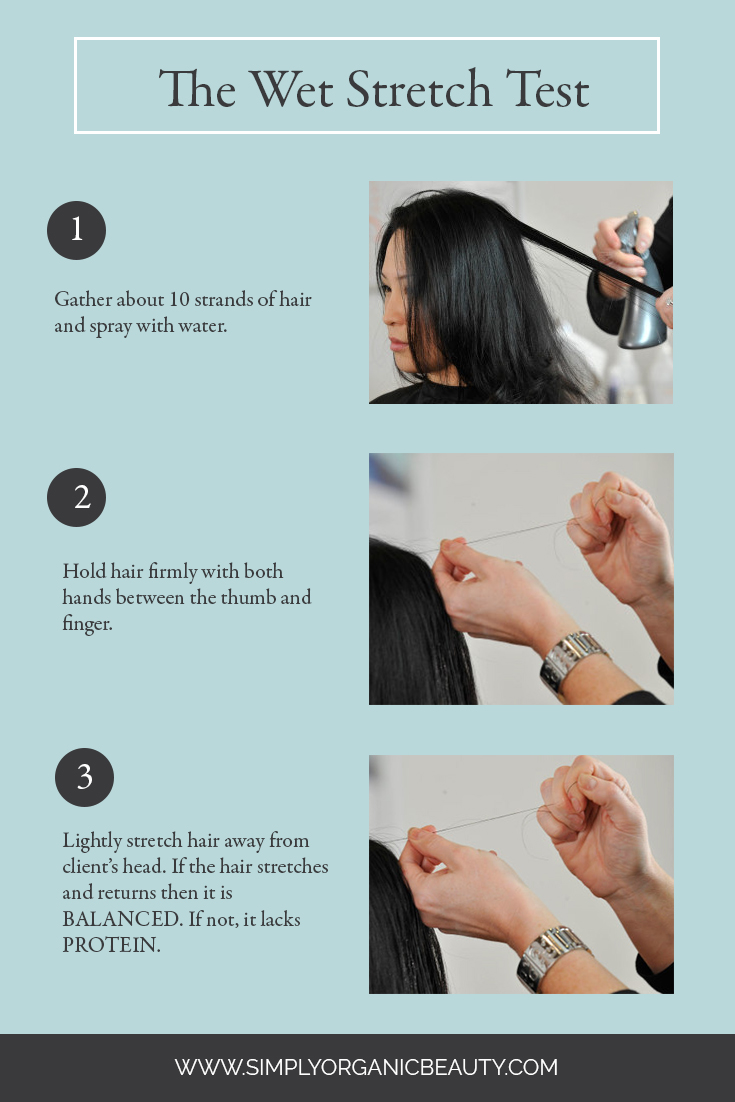
- If hair feels stringy, limp or even sticky it needs PROTEIN.
- If the hair feels tough and hard it has too much PROTEIN.
- If the hair feels and looks tangled, dry and/or brittle it needs MOISTURE.
- If the hair is overly soft but is breaking and won’t style it has too much MOISTURE.
The Hair Shed Test
The Hair Shed Test is another useful way to determine hair porosity. Simply drop hair that has been shed while combing into a glass of water.
If the hair floats, it is low porosity. If the hair slowly sinks, it has normal porosity. If it sinks immediately, the hair is high porosity.
Porosity Hair Care Treatments
After testing for porosity, it is important to look into hair balancing treatments for every type. Below are some salon tips and tricks when working with and caring for each porosity level.
Low Porosity Hair Care
- Be sure to evenly distribute your hair care products throughout the hair. Do not apply too much product.
• Apply products to damp, but not soaked hair.
• Use a sulfate-free shampoo. We also highly recommend using a clarifying treatment to remove any product buildup. Oway Htech Pre-Color Clarifying Shampoo prepares the hair for a technical service by gently removing product residues sitting on the hair.
Normal Porosity Hair Care
Environmental stresses can still alter the hair’s porosity. Performing regular in salon deep-conditioning treatments helps keep the hair balanced and healthy.
High Porosity Hair Care
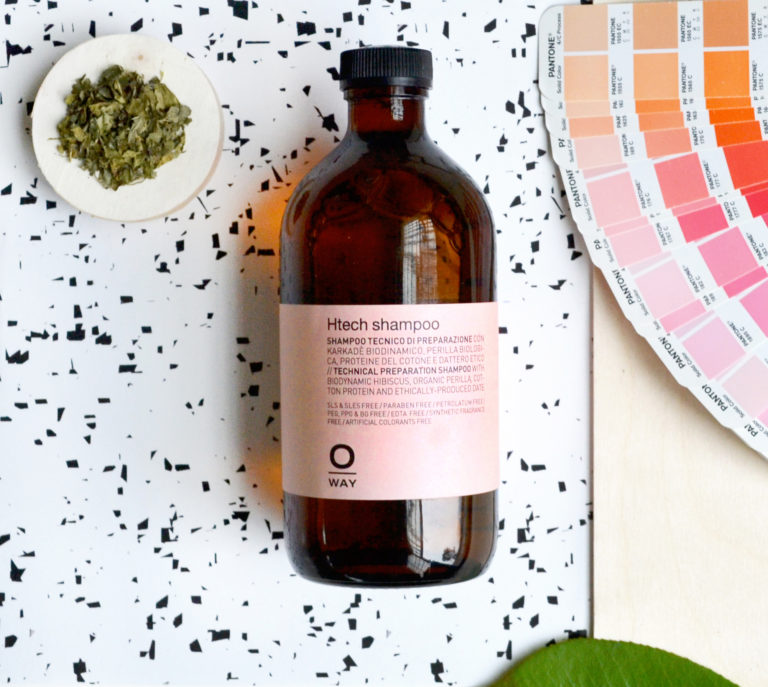
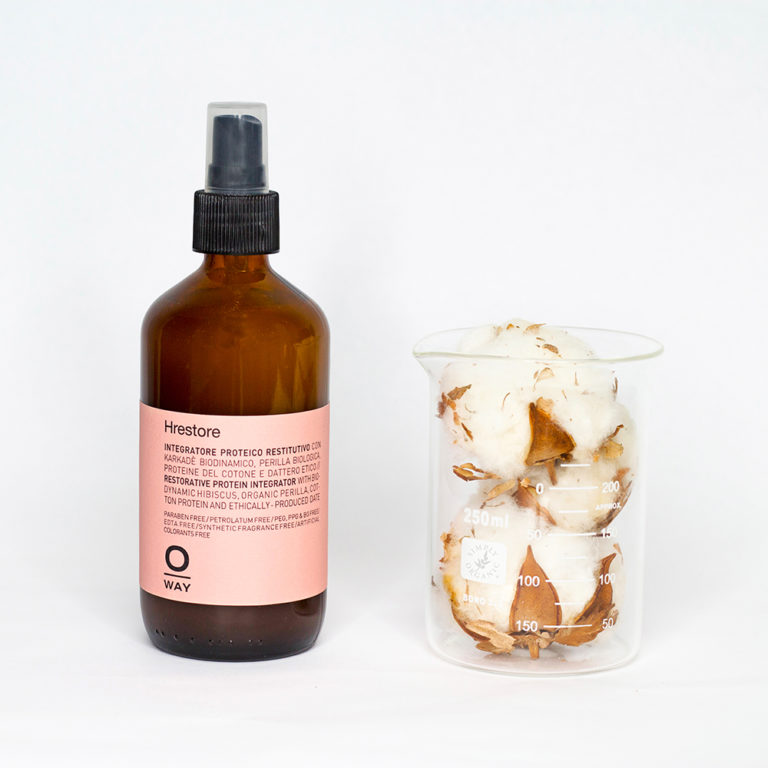
- Always use minimal heat or none at all when dealing with high porosity hair. Dry the hair naturally if possible.
- Heat keeps the cuticles raised so rinse hair with cold water instead to seal and smooth the cuticles.
- Refrain from over-combing the hair with fine-toothed combs. Instead, use a large-toothed comb to detangle when hair is damp.
- Before or after a color or lightening service, spritz some protein treatment spray infused with vegetable proteins to replenish lost keratins and lipids in the hair. Protein treatments like Oway Hrestore give the hair the strength it needs to undergo a technical service. It can also be used with our Infrared Hair Remedy Iron as a standalone hair treatment to seal cuticles.
With this information in hand, you can now properly assess the health of your clients’ hair and what products best suit their needs. Most importantly, these tips and methods will help prolong the effects of hair treatments and color, leaving your clients satisfied with your salon services and a create a stronger client-stylist relationship.




